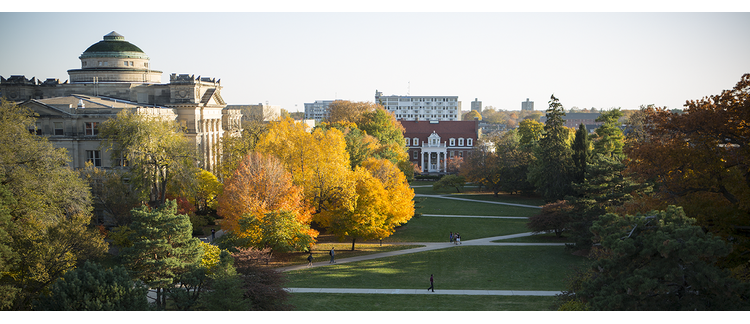Abstract
In the fall semeseter of my freshman year (2010), I took a freshman seminar entitled 'Spaceflight with Ballooning'. My team and I were required to construct a payload with a creative science experiment which would be carried to 90,000 feet into the stratosphere using a helium-filled weather balloon. As part of my team’s creative science experiment, we used a near infrared camera along with a visible light camera and programmed both of them to take pictures every 30 seconds in flight. Our aim was to study whether infrared light could reveal more about some of the features of the earth’s atmosphere and topography than visible light. This was done by analyzing the pictures taken by both cameras at the same time, so they revealed the same view in visible and infrared light. This allowed us to observe the differences in features captured by the cameras. The purpose of the project was to give freshman the opportunity to come up with their own science experiment and also to introduce them to near-spaceflight through high-altitude ballooning. Having learned the basic principles of high-altitude ballooning, I plan to work on another high-altitude project that will involve taking photographs of the solar corona and doing solar spectroscopy at different altitudes in the atmosphere. The solar corona photographs will be taken using a shadowed-camera like the LASCO coronagraph on the SOHO orbiting observatory. To acquire solar spectra, I will build a simple solar spectrograph which will utilize a diffraction grating to spread sunlight into its constituent colors and a programmable still camera or video camera, to record images of the spectra at a series of altitudes during the flight. This project may help open an interesting research avenue for high-altitude ballooning which would be related to studying coronal mass ejections, solar wind and space weather.
How to Cite:
Mallik, V., Flage, M. & Chapman, C., (2011) “Infrared Photography, Atmospheric Spectroscopy, and Solar Corona Photography using a High-Altitude Ballooning Platform”, Academic High Altitude Conference 2011(1). doi: https://doi.org//ahac.8140

